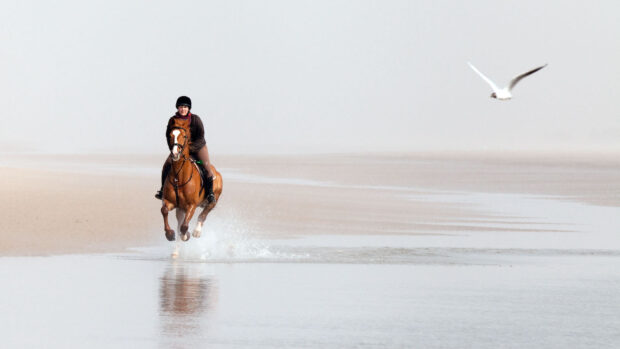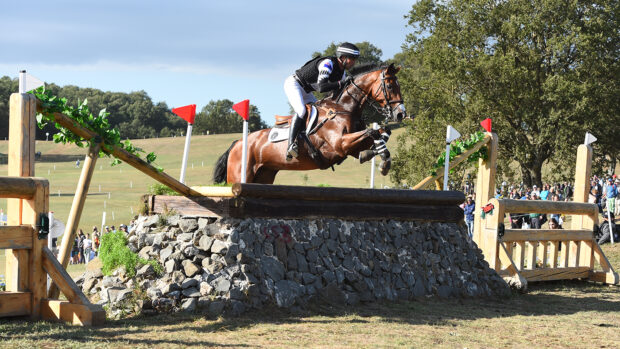“Magic” shoes, supplements and leg wraps will not cure equines with laminitis unless the root cause of the condition is addressed, a leading vet has warned.
In an attempt to bust some of the myths circulating, at yards and on social media, British Equine Veterinary Association president Lucy Grieve has spoken to H&H about the realities of treating the painful and potentially fatal condition.
Lucy, who had to put down two otherwise healthy but laminitic horses this week, said she has seen and heard many owners talk about “cold-induced laminitis”, although there is no evidence to suggest that cold weather can induce the disease.
“What’s more likely is that in cold weather, the horses end up stabled more, eating more feed and hay, moving less, not being exercised as much and so on, and these things actually just tip them over the edge. They were already on a knife-edge,” she said.
“The average laminitis case does not happen overnight, they are always teetering on the edge with their insulin peaking out and their laminar tissues ready to go into meltdown.”
Some owners believe wrapping horses’ legs can help, but Lucy believes this may be linked to the cold weather myth.
“Laminitis will not get better unless the primary cause/driving factor is being addressed,” she said.
“Owners often want to put them in Imprint shoes, put them on ‘magic’ supplements, feed celery and so on, when they haven’t started treating the PPID [Cushing’s] with Prascend, or started a weight loss program to get rid of the fat pads.
“Reluctance and ignorance can mean signing a horse’s death warrant. It’s very sad, but all too often true.”
Lucy said some owners refuse to have a laminitic horse’s feet trimmed as they are too sore.
Continues below…

Weight perception must change as equines live on laminitis ‘knife edge’

‘Think before you rug’: winter welfare plea to horse owners

Subscribe to Horse & Hound magazine today – and enjoy unlimited website access all year round
“But every additional second that horse has an excess millimetre of toe on its foot, it is pulling and tugging and levering away the fragile lamina tissue and making the laminitis ever more impossible to recover from,” she said. “It is so important to get the toes off, as short as possible without causing more pain, otherwise you are fighting a losing battle.”
She added: “Calories, calories, calories — count the calories. The horse won’t recover from fat-induced laminitis until the fat has gone.
“Food restriction is not as cruel as laminitis. Being clipped out and not wearing a rug is not as cruel as laminitis.”
Horse & Hound magazine, out every Thursday, is packed with all the latest news and reports, as well as interviews, specials, nostalgia, vet and training advice. Find how you can enjoy the magazine delivered to your door every week, plus options to upgrade to access our H&H Plus online service which brings you breaking news as it happens as well as other benefits.





